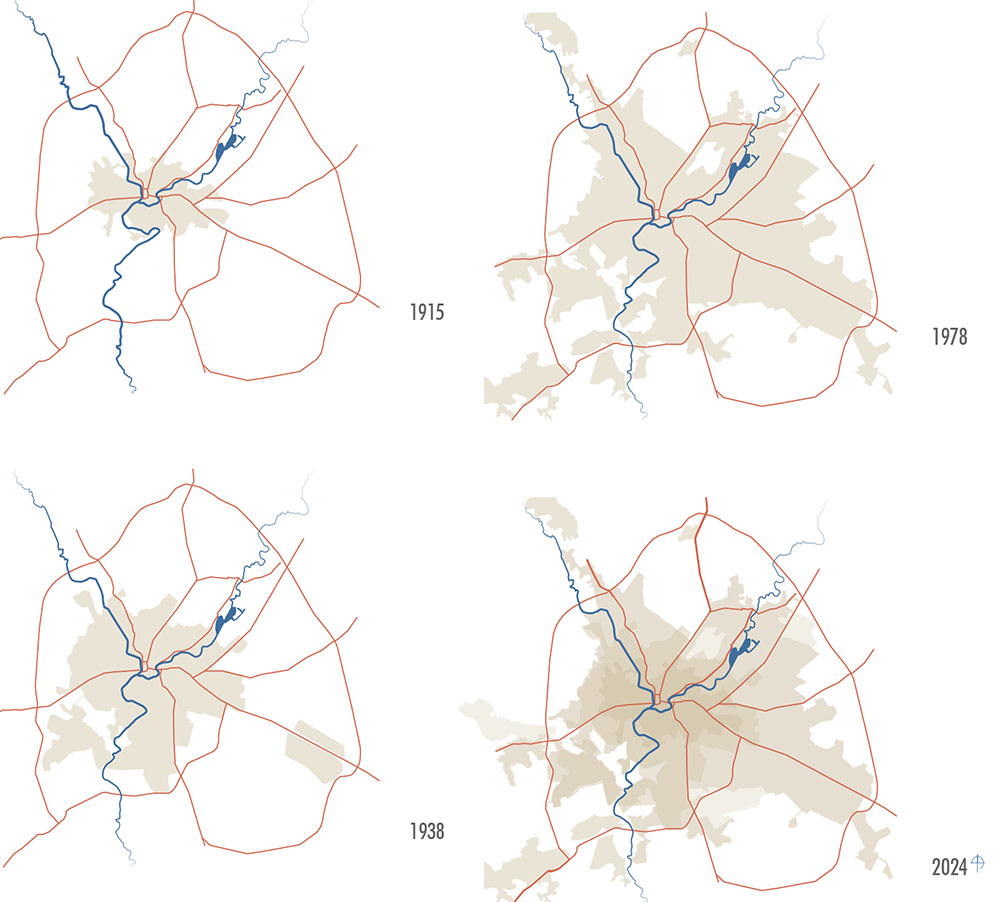Downloads
DOI:
https://doi.org/10.52200/docomomo.70.edKeywords:
Kharkiv, Modernism, Docomomo, ConstructivismAbstract
In 2022, Docomomo International launched a call for papers on Modern Movement in Ukraine together with Docomomo Ukraine. More than 20 proposals were received, most of them from authors based in Ukraine itself—despite the difficult circumstances. The Docomomo Journal 67 presented a first selection of those articles to display regional and architectural particularities and current challenges of archiving, documenting, protecting, and preserving the modern heritage. Nearly 100 examples of Ukrainian modern buildings were presented in a graphical overview. The modern Ukranian architecture was dominated by Constructivism from the mid-1920s to the early 1930s, with Kharkiv as the epicenter of production, while Socialist Realism with the Stalin Empire emerged from 1932, lasting until 1955, with Kyiv as the capital of Ukraine. From December 1919 to January 1934, Kharkiv was the first capital of the Ukrainian Soviet Socialist Republic and the cultural, economic, and educational center of the new Ukrainian Republic. The status as new capital led to prestigious master plans and construction projects, among them the world-famous Derzhprom building at Freedom Square–as a symbol of Constructivism–or the Kharkiv Tractor Factory–as a symbol of the industrialization of agriculture. The leading role of Kharkiv as a forerunner and capital of Constructivism is often expressed by the famous State Industry House (Derzhprom) built from 1925 to 1928. Being the only modern ensemble in Ukraine nominated as UNESCO World Heritage, it became and still is the focus of identification and pride—despite the many controversial reflections and discussions about the conservation efforts and changes carried out since the original construction in the 1950s and after the year 2000. This explains the many articles dealing with Freedom Square and Dherzprom as a reaction to the call for papers in
2022 and also Docomomo International’s commitment to dedicate this special issue of the Docomomo Journal to Kharkiv under the title From Constructivism to Modernism in Kharkiv.
How to Cite
Published
Issue
Section
License
Copyright (c) 2024 Uta Pottgiesser, Wido Quist

This work is licensed under a Creative Commons Attribution 4.0 International License.
Plaudit
References
https://docomomo.com/international-solidarity-statement-on-ukraine/, visited March 24, 2024
Docomomo Journal 67, https://doi.org/10.52200/docomomo.67 DOI: https://doi.org/10.52200/docomomo.67
.





